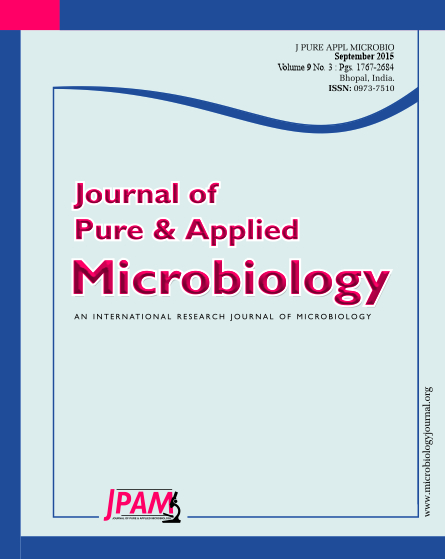Fusarium wilt in tomato caused by Fusarium oxysporum is one of the intericate diseases. In this study, 12 native Trichoderma isolates (WT1-WT12) were isolated from different agricultural lands in Rayalaseema region of A.P, India and were tested for antagonistic activity against F. oxysporum using dual culture method. Among the 12 isolates maximum inhibition activity was shown by the isolate WT2 (78.4%) compared to the control. The 12 isolates of Trichoderma were subjected to protein profiling by SDS-PAGE which showed that all the isolates varied in terms of production of proteins. Further all the Trichoderma isolates were screened for the production of different enzymes like lipase, protease and amylase. Quantitative assays were also conducted to estimate the amounts of cell wall degrading enzymes such as chitinase, β-1,3 glucanase and protease. The plate assay results were consistent with the results observed in the quantitative biochemical assays performed. Natural isolate variability in enzyme levels was significant. Isolate WT2 was observed to be the most promising candidate in terms of levels of enzyme production as well as inhibition of Fusarium oxysporum. Studies on isolate variability could be rationally used to select isolates towards production of improved bio-fungicides.
Trichoderma, lytic enzymes, biocontrol, Tomato
© The Author(s) 2015. Open Access. This article is distributed under the terms of the Creative Commons Attribution 4.0 International License which permits unrestricted use, sharing, distribution, and reproduction in any medium, provided you give appropriate credit to the original author(s) and the source, provide a link to the Creative Commons license, and indicate if changes were made.


